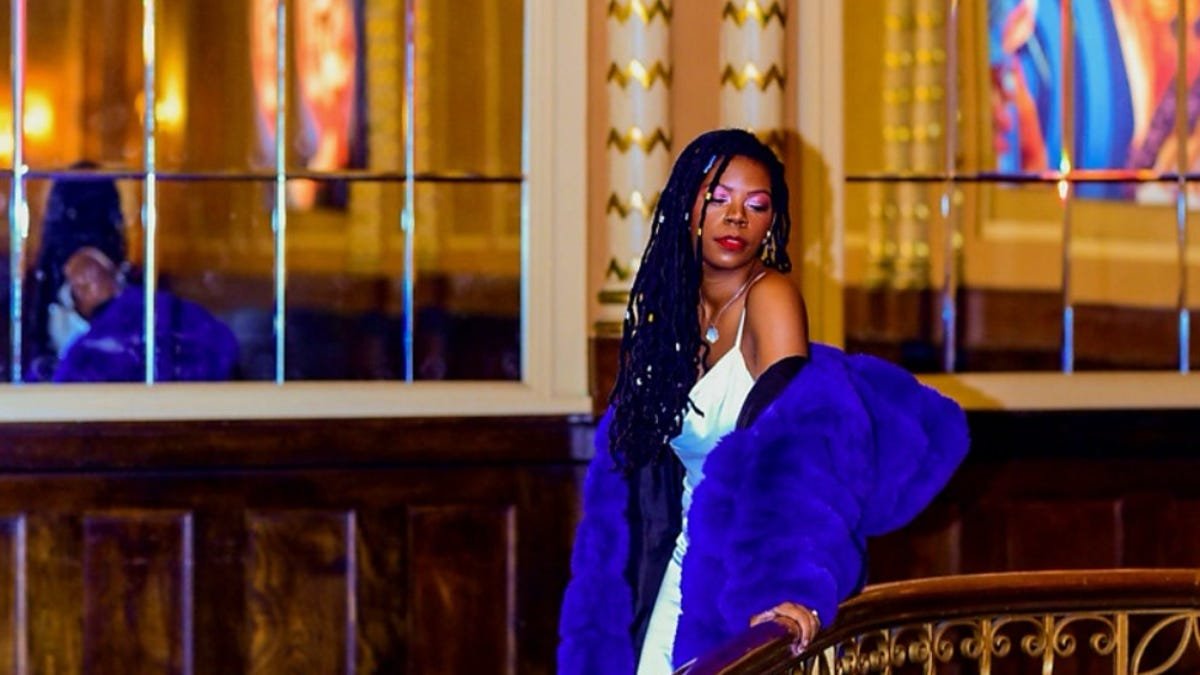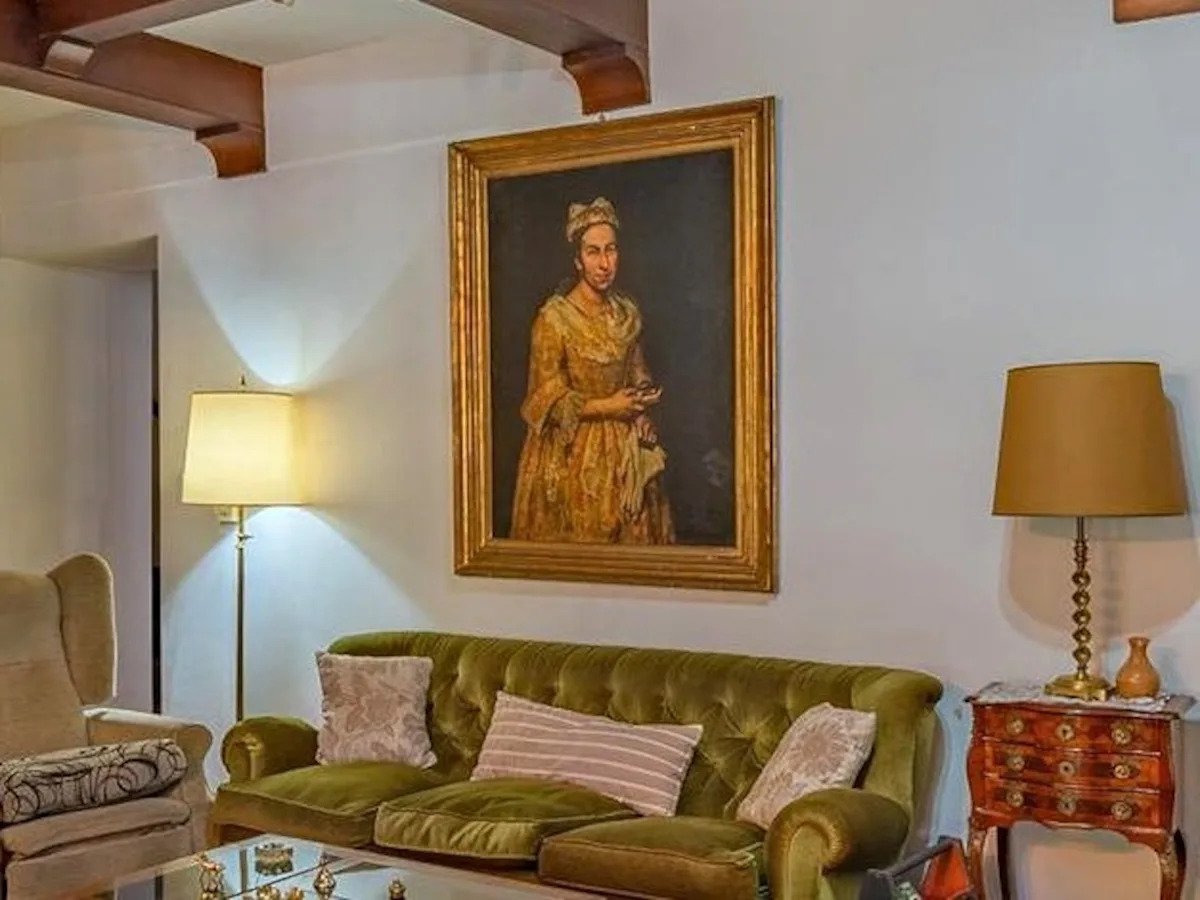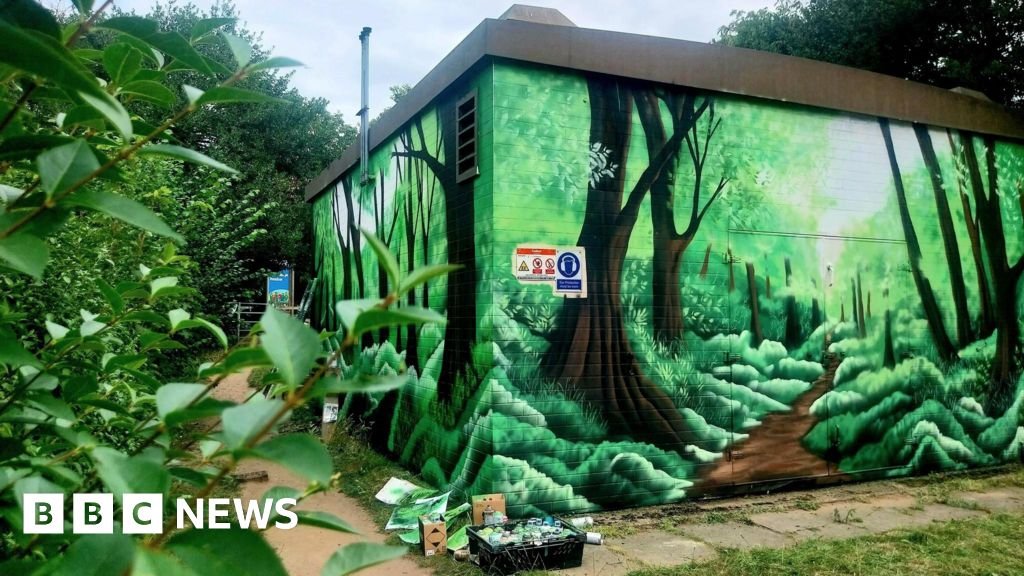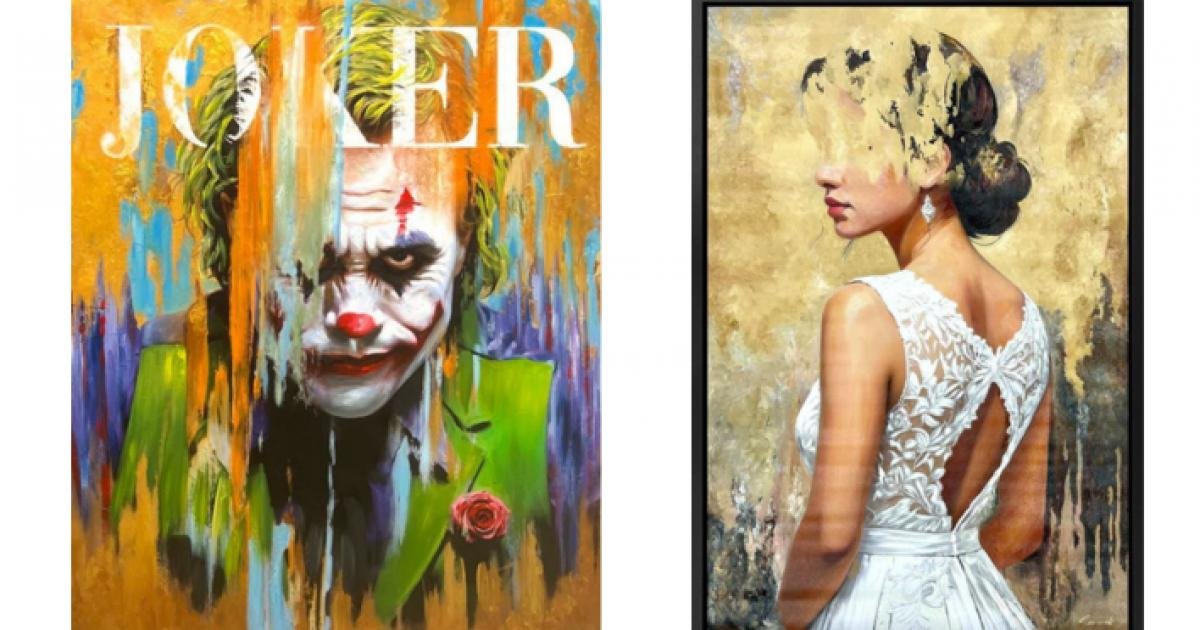Because drawing was Motherwell’s medium of greatest immediacy—as fast as a bullwhip, he said—its speed of execution allowed him to set down multiple ideas in quick succession. Drawing, therefore, was also a method of working out ideas, sometimes over a more extended period of time. In its role as a preliminary tool, drawing was a uniquely important part of his practice in all the media he worked in, and he thought deeply about its complex relationship to painting and printmaking. In his 1970 essay, “Thoughts on Drawing,” Motherwell played on the word “definition” to characterize drawing as the division of a planar surface, though somewhat unstably and evasively, deconstructing its meaning in the process of writing: “Drawing satisfies our sense of definition, even if we cannot define ‘drawing’ itself.”1
The instability of Motherwell’s drawing, a medium he fundamentally defined by its capacity to establish a sense of the “between,” is conspicuous in the context of a project that explored the concept of painting through the medium of print. His preliminary drawings for the Spanish poet Rafael Alberti’s ode to painting A la pintura—a book project he completed with the fine art printing studio Universal Limited Art Editions (ULAE)—shows Motherwell drafting and testing concepts over a considerable period of time between 1968 and 1972. His working drawings for this project certainly portray the instantaneous moment of his gesture, but they also show him proceeding slowly, carefully iterating and correcting his ideas. He valued this process so much that he worked closely with Drawings and Prints curator John McKendry at the Metropolitan Museum of Art to put these artifacts on display alongside the finished prints in the museum’s 1972 exhibition.
The most stunning examples of Motherwell’s working process on view in this exhibition were a series of drawings that mediated Alberti’s poetic evocations and Motherwell’s provocative illustration of the sonnet, “To the Palette.” To arrive at his final composition—which incorporated a spare soft-ground etching of a torn corner of black paper, collage-like, color-matched to its original hue—he proceeded through approximately a dozen drawings, working proofs and trial proofs.2 His most significant launching points were made in the medium of pastel.
In this first poem following the preface, which framed the project in terms of the poet’s formative first impression of the vivid colors in the paintings on view at the Prado Museum, Alberti invoked sweeping metaphors for the painter’s palette, from meteorology to Greek mythology. Motherwell’s initial concept in a 1968 sketch done early in the project was far more painterly than his ultimate composition. He then envisioned an abstract, yet literal, depiction of a palette, in which bright daubs of color were set inside a rendering of his new rectilinear Open motif, outlined with thick black pastel, and a graphite pencil circle. Already, in dense scribbles depicting thick smears of paint, Motherwell was considering the conventions of another medium; the colors he selected are known as the printer’s primaries—cyan, yellow, and magenta.
In a subsequent sketch, Motherwell abandoned this schematic depiction, leaning in favor of the Open motif, which became legible as a window in an interior scene, supplemented with two lines to create the illusion of recession. The scribbled pastel representations of paint daubs were now arranged side-by-side, as if hovering within a room near the floor.
After some consideration about which palette to use—moving from the printer’s primaries to “Spanish” colors, and working through a set of intermediary proofs that removed any suggestion of a palette—Motherwell opted to remove any notion of palette from this interior scene, and instead to juxtapose on top of it an impression of a torn corner of black paper. He reproduced its original dimensions and the precise texture of the remnant fibers on two of its sides, trailing off at an angle.3 While the 1972 exhibition catalog casts the decision to move to this soft-ground impression as entirely composition-driven, a move to add “additional weight” to the print, the effect was to supplant the painterly notion of the palette with that of the historical avant-garde: the readymade and the monochrome “black square.”4 In a brilliant transposition, Motherwell designated the Spanish-language text itself as the realm for the artist’s creative invention and color mixing by having each stanza printed in a different color.
In this single move, Motherwell confronted the ideals of modernist criticism head-on, honing in on everything it defined painting against—overlaps and confrontations with other media, language and citation, three-dimensional illusion, and multiplicity. It was by working through the capacities and limits of drawing—between painting and print—that Motherwell was pushed to consider more seriously how a painter’s palette might be evoked and how a print might be pulled without the delineation (or drawing, by his definition) of the burin. While his exploration of drawing has long been associated with his indebtedness to surrealist automatism on formal grounds, the way it pushed against the boundaries of medium was no less indebted to the historical avant-garde’s ambitions to envision an art after painting’s demise. Probing these limits in the context of Alberti’s nearly hyperbolic ode to painting, Motherwell characteristically embraced diverse artistic traditions as an outlier himself, at once paradoxically traditional and radically confrontational.
Endnotes
- Robert Motherwell, “Thoughts on Drawing” (1970), in Robert Motherwell Drawing: As Fast as the Mind Itself, edited by Edouard Kopp (Houston, New Haven and London: The Menil Collection and Yale University Press, 2022), 171.
- These objects are now in the care of the ULAE Archive at the Art Institute of Chicago. Esther Sparks, ed., Universal Limited Art Editions: A History and Catalogue, the First Twenty-five Years (Chicago and New York: Art Institute of Chicago and Abrams, 1989), 173; Esther Sparks, “To the Palette” cataloging notes, curatorial object file, Department of Prints & Drawings, Art Institute of Chicago.
- It is notable that fibrous Japanese paper had been a quintessential part of Motherwell’s drawing and painting practice to date, featuring as the ground in his Lyric Suite (1965).
- John McKendry, ed., Robert Motherwell’s A La Pintura: The Genesis of a Book (New York: The Metropolitan Museum of Modern Art, 1972), n.p.






